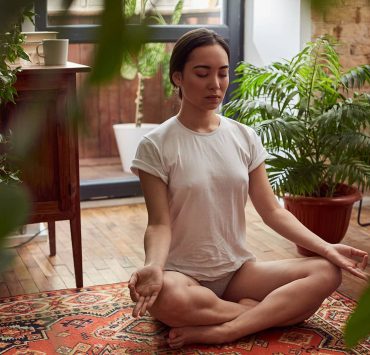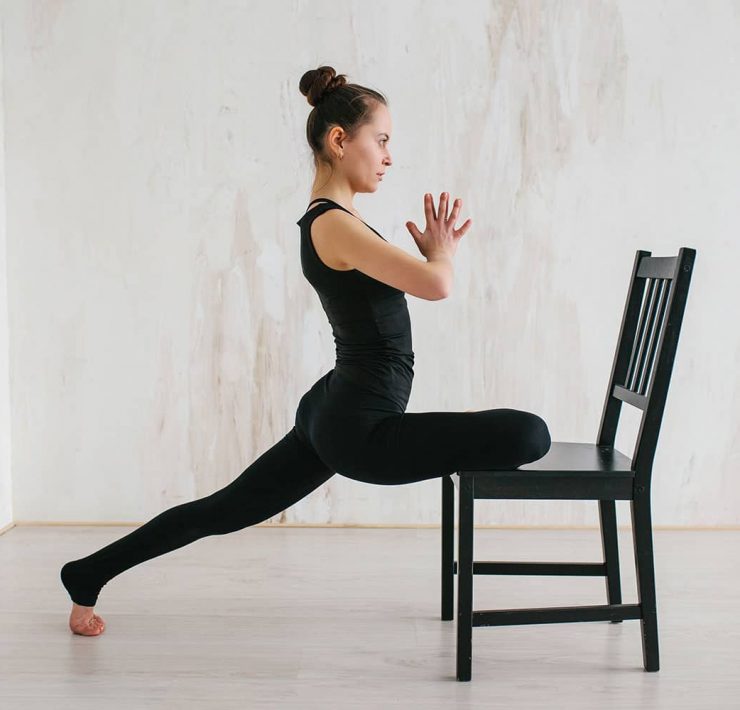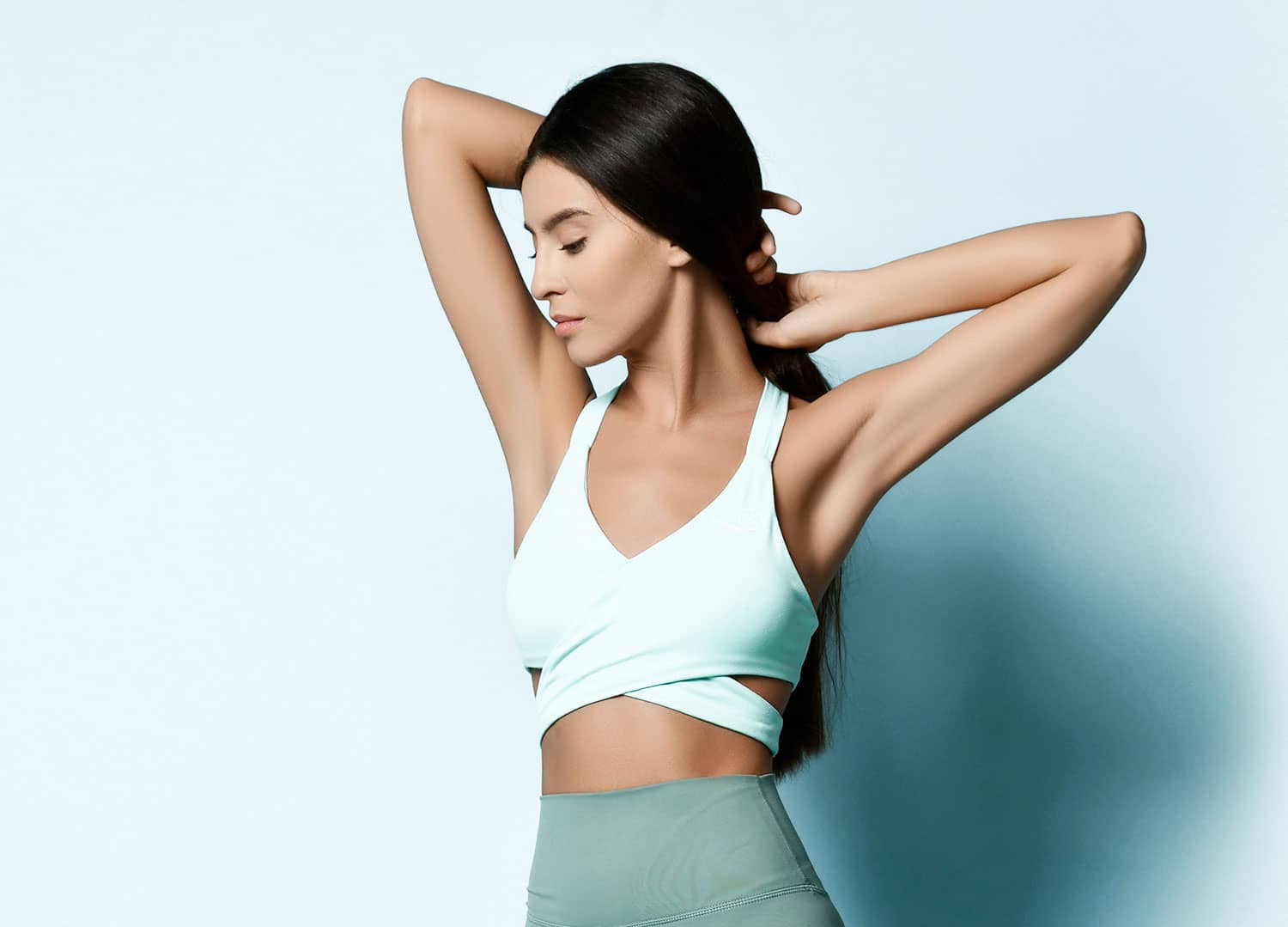
Susan views the world through a lens of spirituality, health,…
Ayurveda is the sister science of yoga. It is an ancient science of healing that originated in India around 5000 years ago.
Ayurveda teaches that everything in the universe is made up of the elements: air, water, earth, fire, and ether (space/dark matter). Keeping these elements in balance is the key to living long, healthy, and happy lives.
People who are happy-go-lucky daydreamers are most likely ruled by the elements of space and air. The vata dosha in Ayurveda. Here is everything you need to know about this type of Ayurvedic constitution and how to keep it in balance in your system.
What are Doshas?
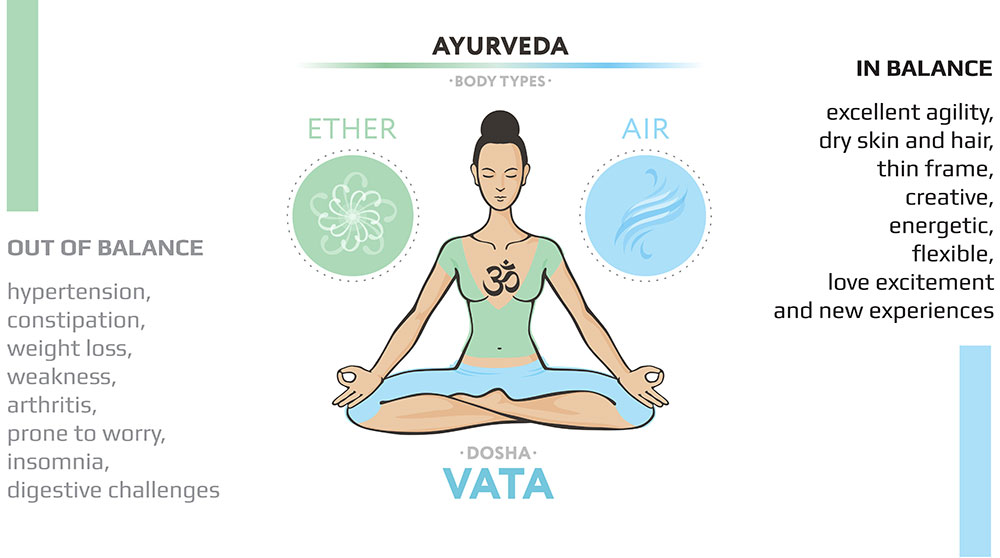
The science of Ayurveda shows that everything is made up of a combination of elements. You are born with certain physical and personality characteristics because of your Ayurvedic constitution, or dosha. These can change as you mature, however most people are born and remain dominated by a certain dosha type throughout their lives.
These are are doshas of Ayurveda:
Vata – this dosha is dominated by the elements of air and ether.
Pitta – this dosha is ruled by fire and heat.
Kapha – this dosha is dominated by earth and water.
How to Tell if I’m Vata-Dominant

People who are vata-dominant, or have a combination dosha that includes vata, have certain physical and personality traits that are indicative of the elements of air and ether. They are also susceptible to certain kinds of illness, disease, and imbalances because of the presence of vata in their system.
If you have many of the characteristics below, there is a good chance that you have a vata dosha.
Physical Traits of Vata
- Slender with prominent bones
- Either very tall or very short
- Prone to dry skin and thin, brittle hair
- Prone to cold extremities
- Have a sweet tooth
- Very physically active and mobile
- Prone to cracking joints
- Produce little sweat
- Thin, shallow, fast pulse
Personality Traits of Vata
- Creative and unorthodox
- Get lost in daydreams
- Like to multi-task
- Get bored easily
- Live in the future
- Dreamers, not doers
- Want to do everything quickly instead of perfectly
- Love stories
- No long-term vision
Signs of a Vata Imbalance
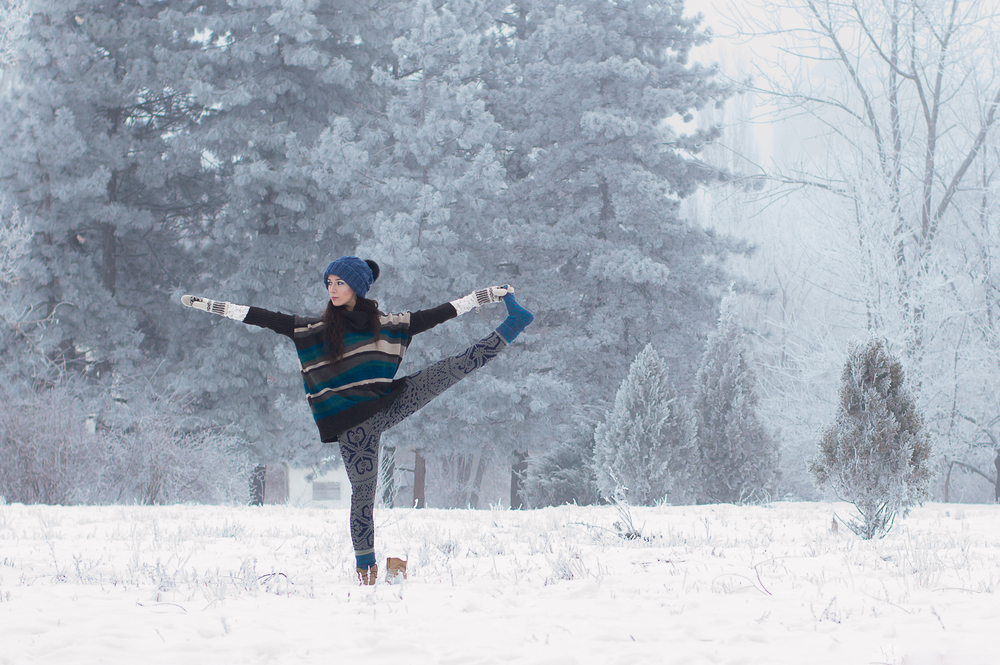
Because people of this dosha are dominated by space and air, it is challenging for them to stay grounded and stick to routines or plans. They are also more sensitive to coldness and dryness which makes winters and cold spells especially difficult for them.
Vata affects your nervous system and your ability to effectively remove waste via your digestive system.
Here are some signs that may manifest if you have a vata imbalance in your body that needs attention.
Physical Manifestations of Vata Imbalance
- Constipation, gas and bloating, and other digestive issues
- Dehydration
- Insomnia and other sleep disturbances
- Dizziness, light-headedness, and spacing out
- Rough, dry skin
- Body aches and pains
- Astringent taste in the mouth
- Tremors and twitches in the body
Personality Changes from Vata Imbalance
- Increased anxiety, irritability, impatience, nervousness, and agitation
- Desire to run away
- Feeling ungrounded, unguided, and insecure
- Increased confusion and fear
- Excessive fast movements and speech
Signs of Vata Stagnation
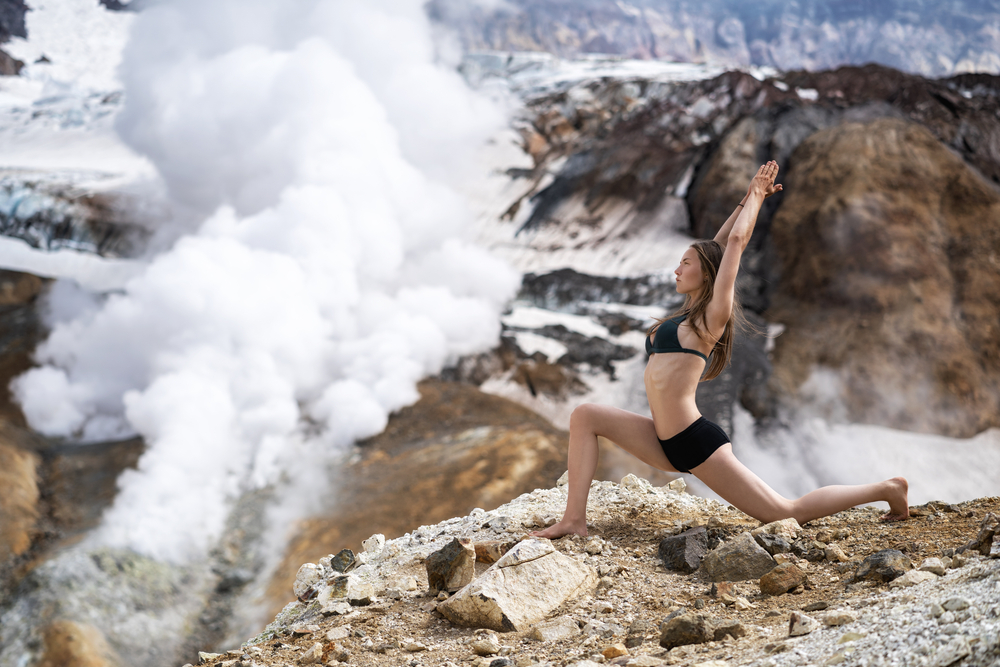
Just as you can have too much vata in your system, you can also have a stagnation or blockage of vata.
This is especially true for those of combination Vata-Kapha dosha types. These two doshas in particular are polar opposites from each other.
Kapha is dominated by earth and water which is in complete contrast to the space and air of vata.
Vata is light while kapha is heavy. Vata loves movement and kapha is slow. Vata is rough while kapha is smooth.
If you have a blockage of vata, this may lead to excessive stubbornness and the manifestation of the more negative aspects of the kapha.
10 Steps to Balance Vata
Ayurveda provides guidelines to keep vata in balance. These tips include everything from diet, to exercise, the kind of career path to choose, and the types of self-care treatments and rituals that will most benefit you.
Calming Exercises
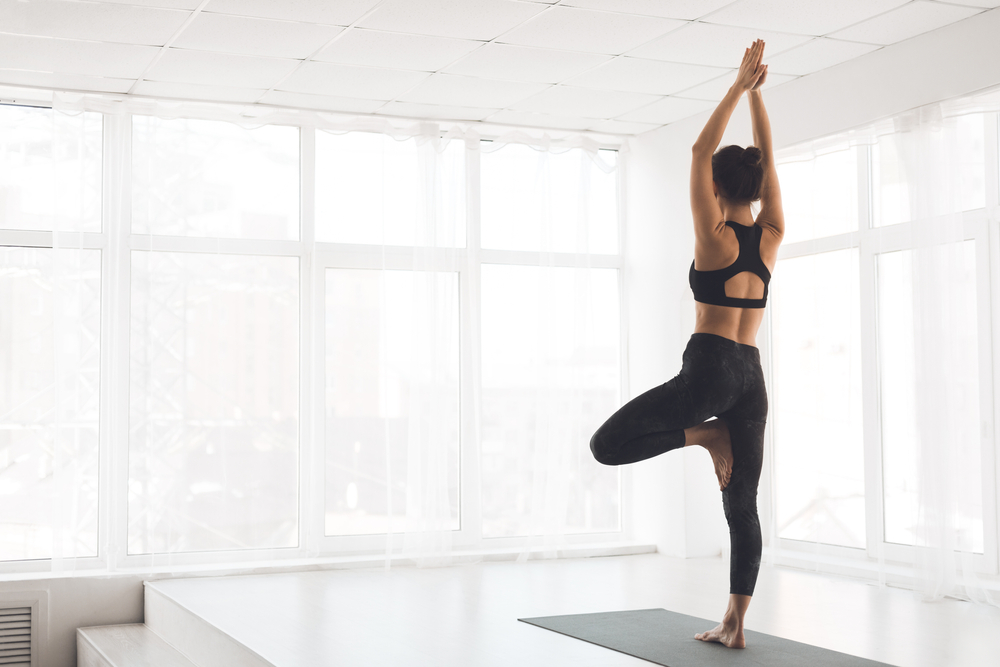
Vata types should avoid excessive exercise which could increase vata. Even though this dosha enjoyed quick, fast movements, it’s best to focus on calming stretches in your exercise routine.
Vinyasas which focus on long deep breaths, rather than fast, rapid and dynamic movements will benefit you more.
Yoga asana practices that keep you grounded and focused on your connection to the earth will help balance and tame vata’s tendency to be up in the clouds.Poses like Tadasana (Mountain Pose), Vrksasana (Tree Pose), Malasana (Garland Pose or Full Yogic Squat), and Upavistha Konasana (Wide Angle Seated Forward Fold) are great Hatha yoga poses for Vata.
Vata dosha will also benefit from the Legs Up The Wall variation of Savasana as a final resting pose.
Avoid pungent, bitter, and astringent flavours
Ayurveda has documented comprehensive lists of food that each dosha can eat, should avoid, and can eat in moderation. Vata types enjoy and may eat naturally sweet, sour, and salty food. You will benefit from warm, oily, well cooked food that have grounding and heating effects on your body.
However, avoid artificial sweeteners and even though you may have a sweet tooth, avoid too many sweets in your diet.
For non-vegetarians: eat seafood, turkey, chicken and egg
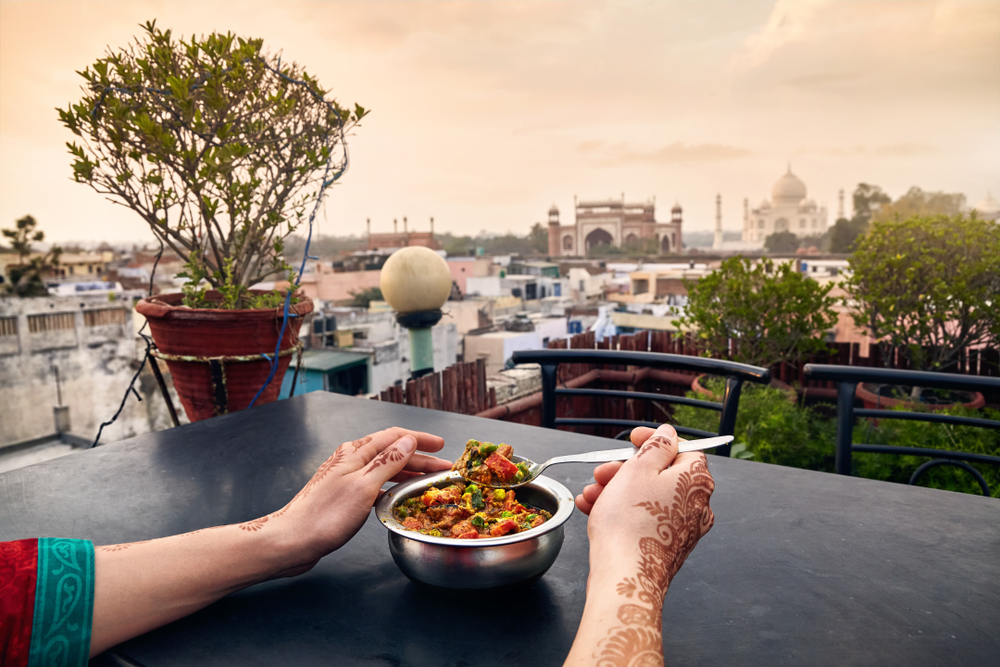
Vata types who eat meat and animal products can enjoy fresh, organic, free-range turkey, chicken, and eggs. Seafood is also accepted by a vata dominant dosha.
Avoid soy milk and milk with meals
Milk and dairy have a balancing effect on vata, however they should be consumed correctly for your dosha. For vata, organic cow or goat’s milk is better.
Boil your milk and serve it hot, but not together with your meals.
Dairy foods that support vata are butter, ghee, cream, non-aged cheeses, and paneer.
If you are vegan, you should avoid soy milk, but rice and almond milk are good for vata types.
Avoid raw food
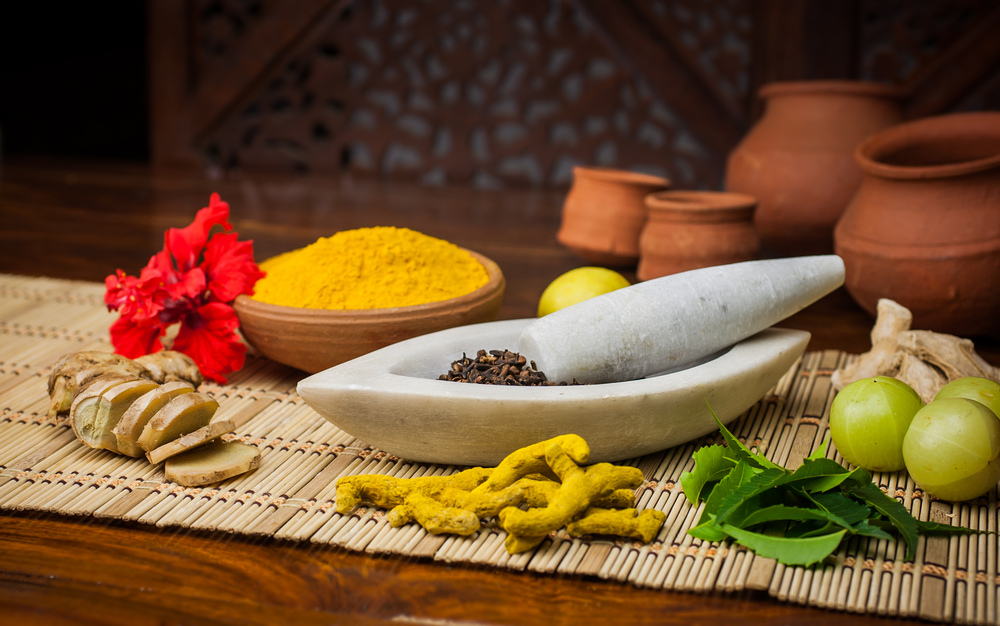
In Ayurveda, raw food is considered rough and they are made smooth through the process of cooking. Cooking food adds in and releases moisture into food which is beneficial to dry, rough vata types.
If you must have a raw salad, add some heat with olive or walnut oil based dressings. Olives, toasted nuts, fresh oregano, black pepper, marjoram, garlic, red onion, and ginger will also help minimize the effects of raw food on a vata system.
You can also slice raw vegetables thinly and chew your food very well so they will be digested more favorably.
Eat less legumes
Beans are a general no-no for vata types because they upset the digestive system unless prepared extremely carefully and specifically. Some legume dishes are tolerated by vata such as tofu and mung bean dal.
Other foods like sprouts and cabbage which produce gas should also be avoided.
Keep warm in all weather
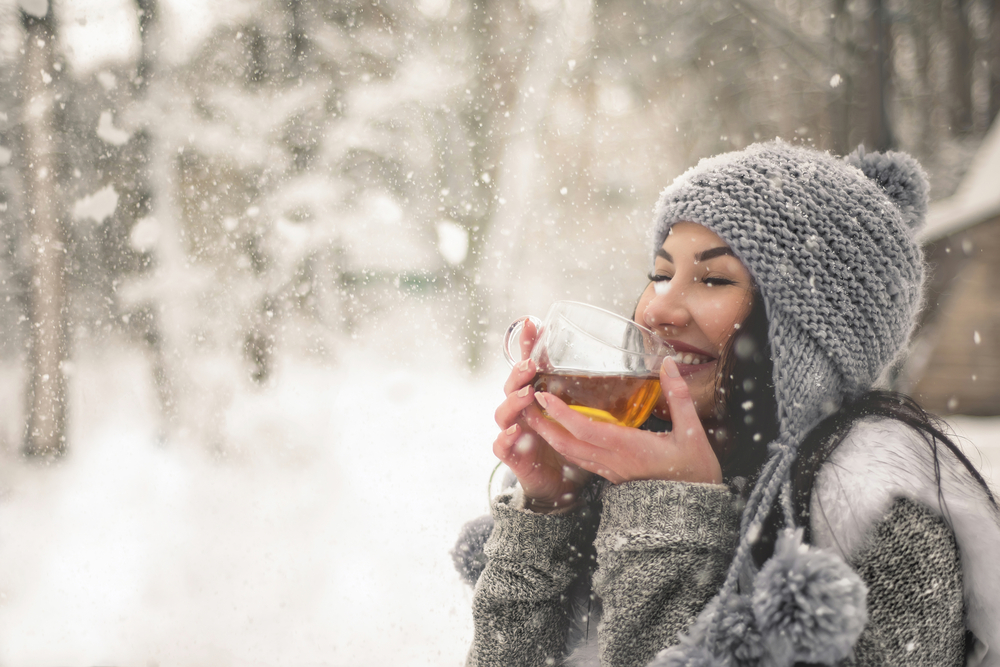
Vata has a natural tendency to get cold, especially in the extremities. People with vata doshas will tend to get blue in their lips from the cold faster than anyone else in extreme temperatures.
Keep warm, especially in the winter time, by wearing lots of warm layers of clothing. Drink warm tea throughout the day. Hot and warm beverages will also help keep you hydrated which is also beneficial for vata since this dosha also tends to get dehydrated easily.
To moisturize your skin, you can use warming oils like sesame.
Avoid stimulants
Vata types already have a million thoughts going through their heads at once. They are naturally prone to moving excessively and quickly, so even just a small dose of caffeine can make them shoot up like a rocket.
It’s best to avoid stimulants like caffeine, nicotine, and recreational drugs that will cause you to feel even more ungrounded and spaced out.
Stick to a routine
Vata has a tendency to be flighty, multi-task, and have a thousand things on their to-do list at once. This allows them to get many things finished, but it makes it difficult for them to do anything properly.
Sticking to a regular routine will help vata immensely. Setting aside times for peaceful meals, calm exercises, work, self-care, and hobbies will allow vata types to see that they have time to do everything they want without jumping from one task to another wantonly.
Ayurvedic Treatments for Vata
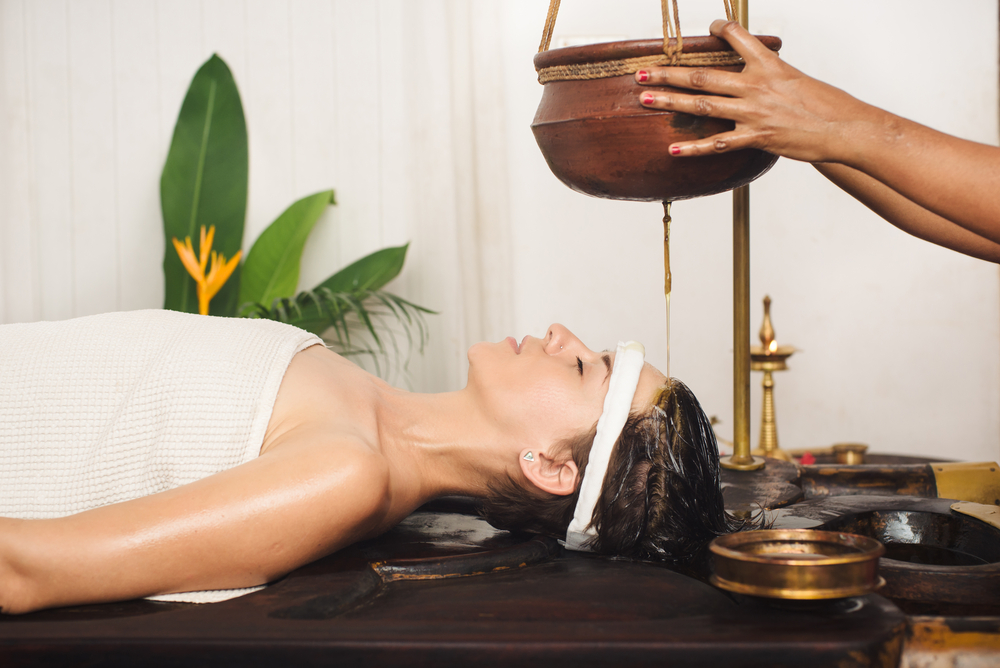
Ayurveda has different spa-like treatments for different dosha types. These treatments include different types of massages, oils, cleansing therapies, and other rituals which are designed to bring your system back into balance.
For Vata, the following treatments are suggested to help keep your dosha in check:
- Marma Therapy – This treatment focuses on the meridians or energy points in your body. All these points are gateways for prana but they can also collect stress and trauma and turn into blockages that lead to disease.
With Marma Therapy, an Ayurvedic practitioner will use light pressure on these meridians along with vata-specific oil combinations. Circular motions are administered by the fingers in clockwise motions for strengthening and anti-clockwise for reducing excess. - Abhyanga Massage – This type of Ayurvedic massage treatment uses a lot of oil which is extremely beneficial to moisture-hungry vata doshas. The combination of oil and rhythmic massage motions helps to loosen toxins from your tissues and allow the nourishment from the oils to seep into your system as deeply as possible.
Not only does this massage moisturize, detoxify, and soothe your skin, it also helps to calm your mind and promote relaxation all over your body. - Oshadhi – This treatment is usually done after a massage or steam bath. Herbs and oils are applied all over your body and kept in moist heat with a full body wrap. An Ayurvedic therapist will wrap you in warm towels to help release toxins and open up your pores.
You may feel like a wrapped burrito during this treatment but the snug warmth will feel so comfortable that it’s likely you will doze off in the 20 minutes you remain in this herbal wrap.
The heat and stillness of this Ayurvedic treatment will help calm and pacify vata.
- Swedana – This is another treatment that is usually done after a massage or scrub. It is similar to Oshadhi because moist heat is also applied all over your body, but it is followed up by a cold compress.
During this treatment, you will be placed in a tent so that your entire body, excluding your head, will be filled with an herbal steam that will cause you to sweat. This eliminates toxins from your system. You remain in this hot steam bath for 15 to 20 minutes, or as your tolerance allows.
To prevent you from overheating, a cold compress can be left on your head during the treatment and afterwards.
Conclusion
Vata dosha gives you many positive and desirable traits, however, an excess of the air and space elements can also cause issues that affect the quality of your day-to-day life.
Keep this dosha in check with the proper food, exercise, and long-term lifestyle choices that will allow vata to thrive in a healthy, balanced, and happy way.
What's Your Reaction?
Susan views the world through a lens of spirituality, health, and compassion. Her positive outlook on life shines through her writing, which is heavily focused on yogic living, meditation, and conscious eating.






